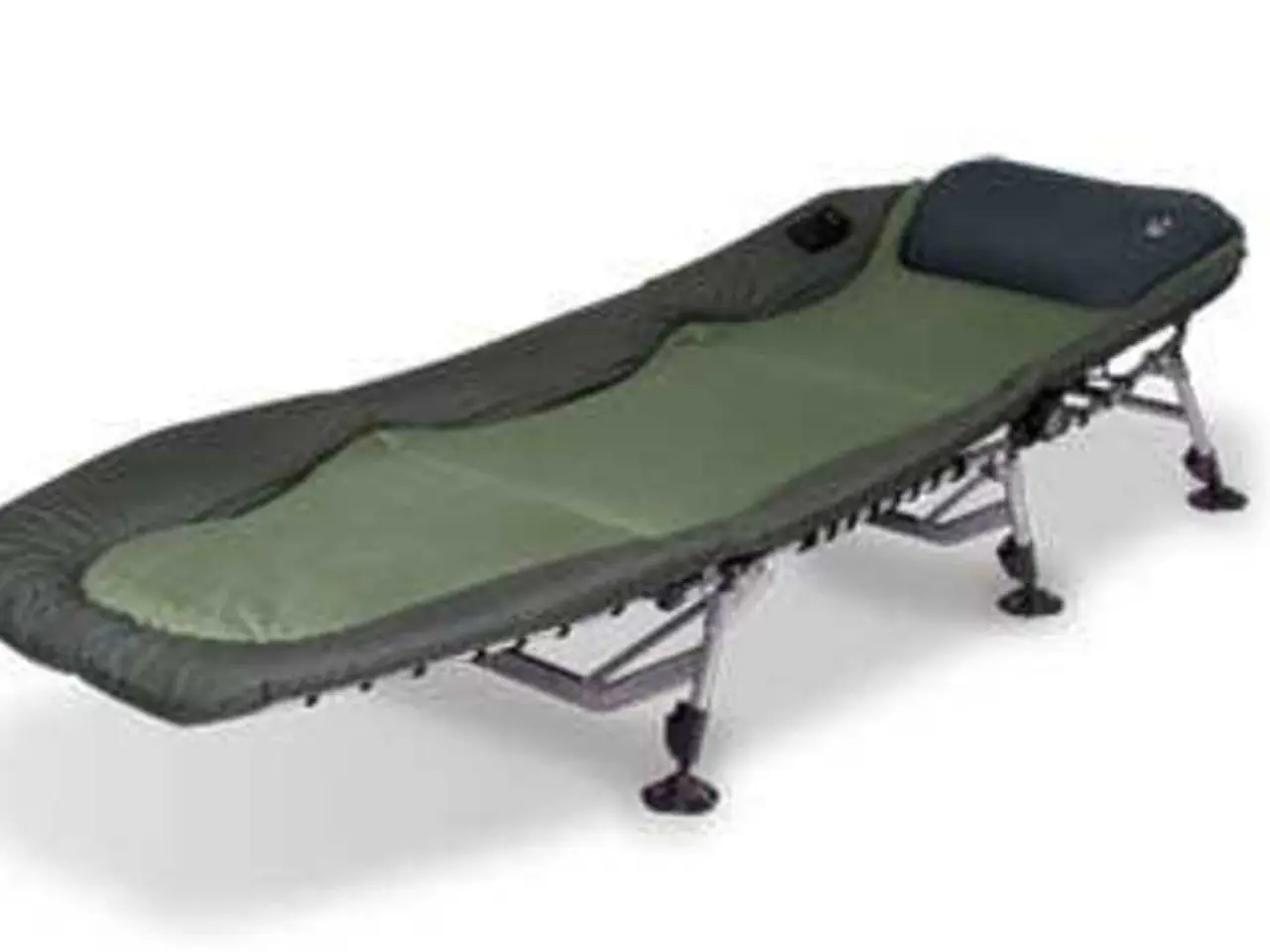Upper Back Nerve Compression: Root Causes and Relief Strategies
A pinched nerve in the upper back, while less common than in the neck or lower back, can still cause discomfort and disrupt daily activities. This article aims to shed light on the causes, symptoms, and treatment options for a pinched nerve in the upper back.
A pinched nerve in the upper back, also known as thoracic radiculopathy, occurs when force or pressure irritates a nerve in the cervical spine. Common causes include herniated discs and bone spurs.
Herniated discs occur when the soft inner material of an intervertebral disc protrudes through a tear in its outer layer, putting direct pressure on nearby nerves. This compression disrupts nerve function, causing pain, numbness, or weakness in the upper back region.
Bone spurs, on the other hand, are bony growths that develop most often due to arthritis or degenerative changes in the spine. These growths can narrow the spaces where nerves exit the spinal canal, leading to nerve compression, a condition also called spinal stenosis. In the upper back, bone spurs can impinge on nerve roots, contributing to pinched nerve symptoms.
The symptoms of a pinched nerve in the upper back may include pain, numbness, tingling, decreased sensation, weakness in the muscles of the arm, shoulder, or hand, and a feeling of pins and needles in the hands or feet. Some people with this condition report that the pain decreases when they place their hands on top of their head.
It's important to maintain good posture to try to avoid pinched nerves, and spending too long in one position can worsen the symptoms of a pinched nerve. Yoga or pilates can lessen pressure in the area, which could alleviate the symptoms, but it's crucial to avoid overstretching. A doctor may suggest wearing a soft cervical collar for short periods to allow the muscles in a person's neck to rest, depending on the location of the pinched nerve.
Treatment for a pinched nerve in the upper back may include rest, neck brace, pain medication (NSAIDs), steroid injection, surgery (for severe cases), yoga or pilates, physical therapy, and maintaining good posture to minimize the risk of developing one. Steroids can reduce local inflammation, relieving the pressure on a nerve, and a doctor may inject steroids close to the affected nerve.
In some cases, surgery may be necessary to remove bone spurs or a part of a herniated disk in the spine. The chosen procedure will depend on where the pinched nerve is in the upper back and what symptoms a person is experiencing.
Persistent symptoms of a pinched nerve in the upper back may require medical attention, and people experiencing prolonged pain or muscle weakness should seek medical attention to ensure no permanent damage occurs.
In conclusion, understanding the causes and symptoms of a pinched nerve in the upper back is essential for effective management and treatment. By maintaining good posture, practicing gentle exercises like yoga or pilates, and seeking medical help when necessary, individuals can alleviate the discomfort caused by a pinched nerve and return to their daily activities.
- Physical conditions, such as herniated discs and bone spurs, can irritate nerves in the cervical spine, leading to a condition called thoracic radiculopathy or a pinched nerve in the upper back.
- The predictive science of health and wellness suggests that maintaining good posture and avoiding long periods of static positions can help prevent pinched nerves.
- Health-and-wellness practices like yoga or pilates, which aim to improve fitness and exercise, can potentially lessen pressure in the upper back region, providing relief for those experiencing a pinched nerve.
- Medical-conditions like neurological disorders and degenerative changes in the spine often cause bone spurs, which may impinge on nerve roots in the upper back, contributing to symptoms of a pinched nerve.




